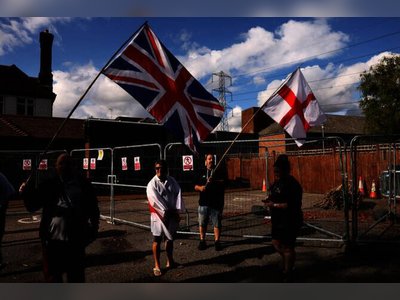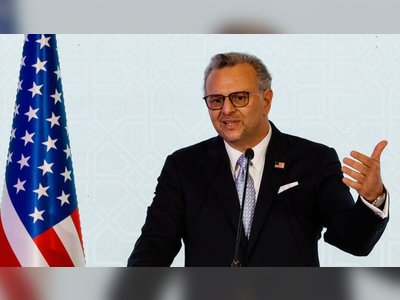
Trump's Struggles Mirror Biden's Failed Approach to Tackling Inflation
Economic challenges faced by President Trump reflect the pitfalls of his predecessor, highlighting a familiar pattern in addressing inflation.
The ongoing struggles of President Donald Trump in addressing high inflation rates echo the challenges faced by his predecessor, Democratic President Joe Biden.
Both leaders have grappled with the complex task of stabilizing economic indicators affected by global supply chain disruptions and geopolitical tensions.
Trump's focus has been on reviving manufacturing jobs through factory production and reducing prescription drug costs, mirroring Biden’s initial economic strategies.
However, both presidents' attempts to lower prices, particularly for essential goods like medicine, have not yielded the desired results in a timely manner.
Both administrations have also faced criticism over their handling of inflationary pressures.
Trump's policies, such as implementing tariffs, have been blamed for exacerbating price increases.
Critics argue that his cancellation of clean energy projects and proposals to deport immigrants have contributed to rising costs across various sectors.
The Biden administration has pointed out that the economic growth witnessed under Trump was initially robust with declining inflation rates.
However, both administrations share a common criticism of underestimating the public's concerns over inflationary pressures.
Despite efforts by both leaders to downplay these issues and focus on other positive economic indicators, their approval ratings regarding economic management have suffered.
The political consequences for both presidents suggest that voters are less impressed with rhetoric aimed at dismissing inflation as a 'transitory' issue.
Rather, they expect tangible actions from their elected officials to address rising living costs.
The shared narrative of these two administrations underscores the challenges leaders face in balancing economic policies with public expectations and pressures.
Both leaders have grappled with the complex task of stabilizing economic indicators affected by global supply chain disruptions and geopolitical tensions.
Trump's focus has been on reviving manufacturing jobs through factory production and reducing prescription drug costs, mirroring Biden’s initial economic strategies.
However, both presidents' attempts to lower prices, particularly for essential goods like medicine, have not yielded the desired results in a timely manner.
Both administrations have also faced criticism over their handling of inflationary pressures.
Trump's policies, such as implementing tariffs, have been blamed for exacerbating price increases.
Critics argue that his cancellation of clean energy projects and proposals to deport immigrants have contributed to rising costs across various sectors.
The Biden administration has pointed out that the economic growth witnessed under Trump was initially robust with declining inflation rates.
However, both administrations share a common criticism of underestimating the public's concerns over inflationary pressures.
Despite efforts by both leaders to downplay these issues and focus on other positive economic indicators, their approval ratings regarding economic management have suffered.
The political consequences for both presidents suggest that voters are less impressed with rhetoric aimed at dismissing inflation as a 'transitory' issue.
Rather, they expect tangible actions from their elected officials to address rising living costs.
The shared narrative of these two administrations underscores the challenges leaders face in balancing economic policies with public expectations and pressures.










